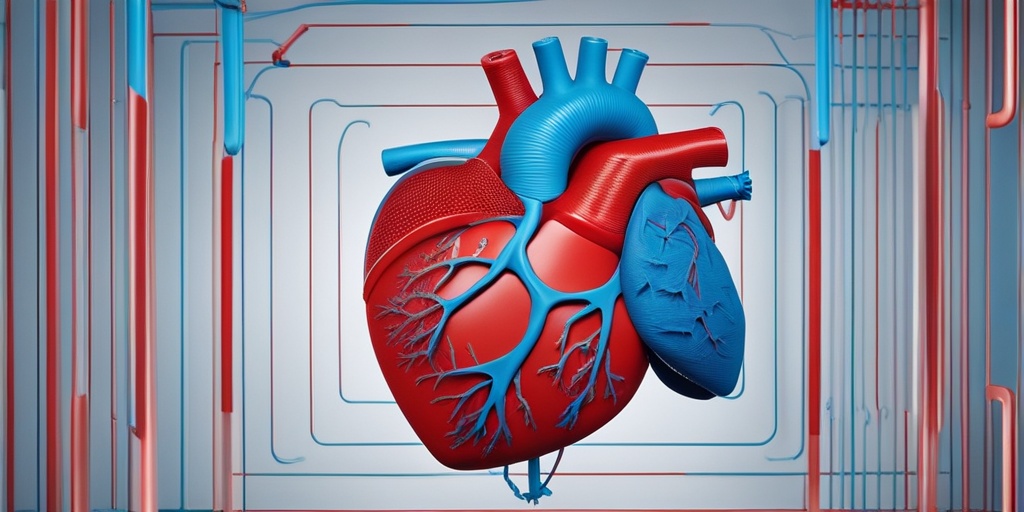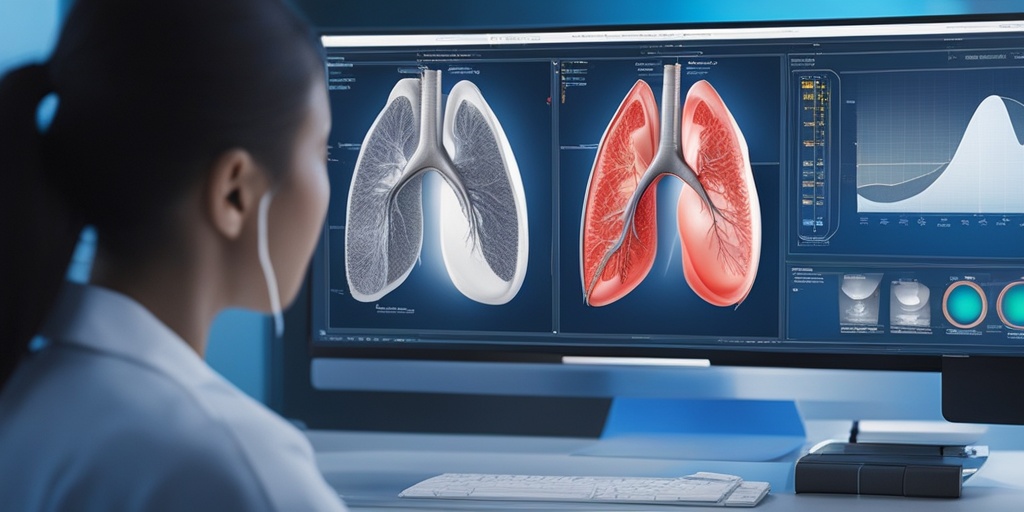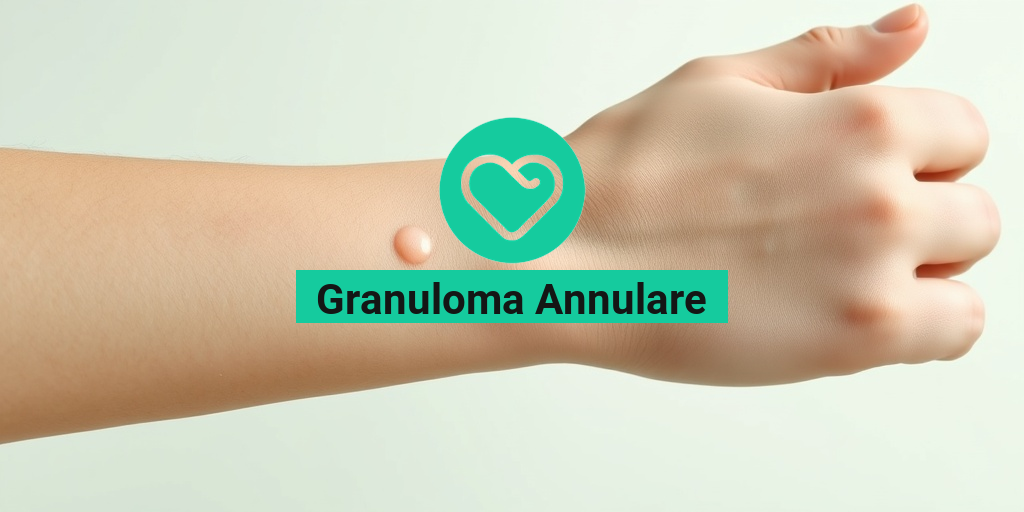Understanding Atrial Contractile Heterogeneity
When it comes to understanding the intricacies of the human heart, there’s a lot to unpack. One crucial aspect that often flies under the radar is Atrial Contractile Heterogeneity, or ACH for short. But what exactly is ACH, and why is it so important for our overall heart health?
What Is Atrial Contractile Heterogeneity?
Atrial Contractile Heterogeneity refers to the variation in contraction patterns within the atria, the upper chambers of the heart. In a healthy heart, the atria contract in a coordinated manner to pump blood efficiently. However, in individuals with ACH, the contraction patterns become irregular, leading to reduced cardiac function and increased risk of cardiovascular disease.
ACH is often associated with conditions such as atrial fibrillation, heart failure, and cardiac arrhythmias. It’s essential to understand the underlying mechanisms of ACH to develop effective treatment strategies for these conditions.
The Importance of ACH in Heart Health
ACH plays a critical role in maintaining proper cardiac function. When the atria contract in a heterogeneous manner, it can lead to:
- Reduced cardiac output: Inefficient contraction patterns result in decreased blood flow to the body, leading to fatigue, shortness of breath, and other symptoms.
- Increased risk of arrhythmias: Irregular contraction patterns can trigger abnormal heart rhythms, which can be life-threatening if left untreated.
- Heart failure progression: ACH can exacerbate heart failure by reducing the heart’s ability to pump blood effectively.
Fortunately, researchers and healthcare professionals are working tirelessly to develop new diagnostic tools and treatments for ACH. By understanding the complexities of ACH, we can better address the growing burden of cardiovascular disease.
Unraveling the Mysteries of ACH with Yesil Health AI
At Yesil Health AI (yesilhealth.com), our team of experts is dedicated to providing evidence-based health answers. By leveraging cutting-edge technology and collaborating with top medical professionals, we’re working to unravel the mysteries of ACH and other complex health conditions.
Our platform offers a wealth of information on ACH, including the latest research, treatment options, and expert insights. Whether you’re a healthcare professional or simply looking to learn more about heart health, Yesil Health AI is your trusted resource for accurate and reliable information.
Conclusion
Atrial Contractile Heterogeneity is a complex phenomenon that plays a critical role in maintaining proper heart function. By understanding the mechanisms of ACH, we can develop more effective treatments for cardiovascular disease and improve patient outcomes. Remember, a healthy heart is just a beat away! ❤️

ACH Symptoms and Diagnosis
Are you experiencing unexplained symptoms that have left you feeling puzzled and concerned about your health? If so, you may be wondering if you’re dealing with ACH, also known as Atrial Contractile Heterogeneity. In this article, we’ll delve into the common symptoms and diagnosis of ACH, helping you better understand this complex condition.
What are the Common Symptoms of ACH?
ACH symptoms can vary from person to person, but some common signs and symptoms include:
- Fatigue: Feeling unusually tired or exhausted, even after getting enough rest.
- Shortness of breath: Experiencing difficulty breathing or feeling winded even when engaging in light physical activities.
- Chest pain or discomfort: Feeling pressure, tightness, or pain in the chest area.
- Dizziness or lightheadedness: Experiencing sudden dizziness or feeling like you might faint.
- Rapid or irregular heartbeat: Noticing your heart beating irregularly or at an abnormal rate.
If you’re experiencing any of these symptoms, it’s essential to consult with your healthcare provider to determine the underlying cause.
How is ACH Diagnosed?
Diagnosing ACH typically involves a combination of physical examinations, medical history reviews, and diagnostic tests. Your healthcare provider may:
- Conduct a physical examination to check for signs of heart failure, such as swelling in the legs and ankles.
- Review your medical history to identify any underlying conditions that may be contributing to your symptoms.
- Perform an electrocardiogram (ECG or EKG) to measure the electrical activity of your heart.
- Conduct an echocardiogram to visualize the structure and function of your heart.
- Order a cardiac MRI or CT scan to get detailed images of your heart.
By combining these diagnostic tests and examinations, your healthcare provider can determine if you have ACH and develop an appropriate treatment plan.
Causes of Atrial Contractile Heterogeneity
ACH is a complex condition that can arise from various factors. While the exact causes of ACH are still not fully understood, research has identified several potential contributors:
Genetic Factors
Some people may be born with genetic mutations that increase their risk of developing ACH. These genetic mutations can affect the structure and function of the heart, leading to abnormal contractions and rhythms.
Underlying Heart Conditions
Certain heart conditions, such as atrial fibrillation, heart failure, and cardiomyopathy, can increase the risk of developing ACH. These conditions can cause scarring or damage to the heart tissue, leading to abnormal contractions and rhythms.
Lifestyle Factors
Certain lifestyle factors, such as:
- Smoking: Damaging the heart and blood vessels, increasing the risk of ACH.
- High blood pressure: Putting extra strain on the heart, increasing the risk of ACH.
- Obesity: Increasing the risk of heart disease and ACH.
can also contribute to the development of ACH.
By understanding the causes of ACH, you can take steps to reduce your risk and maintain a healthy heart. In our next section, we’ll explore the treatment options for ACH and how you can manage this condition. 💊

Risk Factors for ACH
ACH, or achalasia, is a rare condition that affects the esophagus, making it difficult to swallow food and liquids. While the exact cause of ACH is still unknown, certain risk factors can increase a person’s likelihood of developing this condition. Let’s dive into the potential risk factors for ACH:
Genetic Predisposition
Research suggests that ACH may have a genetic component, as it tends to run in families. If you have a family history of ACH, you may be more likely to develop the condition. However, it’s essential to note that having a family history doesn’t guarantee you’ll develop ACH.
Age
ACH can affect people of all ages, but it’s more common in adults between 25 and 60 years old. The risk of developing ACH increases with age, especially after the age of 40.
Gender
ACH affects both men and women, but it’s more common in women. According to some studies, women are 1.5 to 2 times more likely to develop ACH than men.
Other Medical Conditions
Certain medical conditions, such as autoimmune disorders, can increase the risk of developing ACH. For example, people with conditions like rheumatoid arthritis, lupus, or scleroderma may be more likely to develop ACH.
Lifestyle Factors
While the exact relationship between lifestyle factors and ACH is still unclear, some research suggests that certain habits may contribute to the development of ACH. These include:
- Smoking: Smoking has been linked to an increased risk of ACH, as it can damage the muscles and nerves in the esophagus.
- Alcohol consumption: Heavy alcohol consumption may also increase the risk of ACH, as it can weaken the muscles in the esophagus.
- Diet: A diet high in processed foods, sugar, and unhealthy fats may contribute to the development of ACH.
It’s essential to note that having one or more of these risk factors doesn’t guarantee you’ll develop ACH. If you’re concerned about your risk, talk to your doctor about your individual situation.
How Is ACH Diagnosed?
Diagnosing ACH can be a complex process, as the symptoms can be similar to those of other conditions. If you’re experiencing symptoms like difficulty swallowing, chest pain, or regurgitation, your doctor may use the following methods to diagnose ACH:
Physical Examination
Your doctor will start by performing a physical examination to check for any signs of ACH, such as a swollen abdomen or difficulty swallowing.
Endoscopy
An endoscopy involves inserting a flexible tube with a camera and light on the end into your mouth and down your throat. This allows your doctor to visualize the inside of your esophagus and stomach to look for any abnormalities.
Manometry
Manometry is a test that measures the muscle contractions in your esophagus. During the test, a small tube is inserted through your nose and into your esophagus, and you’ll be asked to swallow while the tube measures the muscle contractions.
Barium Swallow
A barium swallow involves drinking a liquid containing barium, which helps highlight the esophagus and stomach on an X-ray. This test can help your doctor identify any abnormalities in the esophagus, such as narrowing or blockages.
Esophageal Motility Test
This test measures the movement and contractions of the esophagus. It can help your doctor identify any abnormalities in the esophageal muscles.
If your doctor suspects ACH, they may also perform additional tests, such as a CT scan or MRI, to rule out other conditions.
Remember, if you’re experiencing symptoms of ACH, it’s essential to seek medical attention promptly. Early diagnosis and treatment can help manage symptoms and improve quality of life. 💊

Treatment Options for Atrial Contractile Heterogeneity
Atrial Contractile Heterogeneity (ACH) is a complex condition that affects the heart’s ability to function properly. While it can be challenging to manage, there are various treatment options available to help alleviate symptoms and improve overall heart health. In this section, we’ll explore the different treatment options for ACH.
Medications
Medications are often the first line of treatment for ACH. The goal of medication therapy is to regulate the heart’s rhythm, reduce symptoms, and prevent complications. Some common medications used to treat ACH include:
- Beta blockers: These medications slow the heart rate and reduce blood pressure, reducing the workload on the heart.
- Anti-arrhythmics: These medications help regulate the heart’s rhythm and prevent abnormal heartbeats.
- Anticoagulants: These medications reduce the risk of blood clots and stroke.
Catheter Ablation
Catheter ablation is a minimally invasive procedure that uses heat or cold energy to destroy the abnormal electrical pathways in the heart that cause ACH. This procedure is usually recommended for people who have not responded to medication therapy or have recurring symptoms.
Pacemakers and Implantable Cardioverter-Defibrillators (ICDs)
In some cases, a pacemaker or ICD may be necessary to regulate the heart’s rhythm and prevent complications. A pacemaker helps regulate the heart’s rhythm, while an ICD can detect and correct abnormal heart rhythms.
Lifestyle Changes
In addition to medication therapy and medical procedures, making lifestyle changes can help manage ACH symptoms and improve overall heart health. In the next section, we’ll explore the lifestyle changes that can help manage ACH.
Lifestyle Changes for Managing ACH
While medication therapy and medical procedures are essential for managing ACH, making lifestyle changes can also play a crucial role in alleviating symptoms and improving overall heart health. In this section, we’ll explore the lifestyle changes that can help manage ACH.
Dietary Changes
Eating a heart-healthy diet is essential for managing ACH. A diet rich in fruits, vegetables, whole grains, and lean proteins can help reduce symptoms and improve overall heart health. It’s also important to limit or avoid foods that are high in salt, sugar, and unhealthy fats.
Exercise and Physical Activity
Regular exercise and physical activity can help improve heart health and reduce ACH symptoms. However, it’s essential to talk to your doctor before starting any new exercise program, especially if you have any underlying medical conditions.
Stress Management
Stress can exacerbate ACH symptoms, so it’s essential to find ways to manage stress. This can include practices like meditation, yoga, or deep breathing exercises. Getting enough sleep and engaging in relaxing activities can also help reduce stress.
Quit Smoking
Smoking is a significant risk factor for heart disease, and quitting can help reduce ACH symptoms and improve overall heart health. If you’re a smoker, talk to your doctor about resources that can help you quit.
By making these lifestyle changes, you can help manage ACH symptoms and improve your overall heart health. Remember to always talk to your doctor before making any significant changes to your lifestyle or treatment plan. 💊

Frequently Asked Questions about ACH
What is ACH?
ACH stands for Automated Clearing House, a network that facilitates electronic financial transactions in the United States. It’s a way to move money from one bank account to another without using paper checks, credit cards, or wire transfers.
How does ACH work?
ACH works by batch processing transactions, which means that multiple transactions are grouped together and processed at once. This reduces the cost and increases the efficiency of transactions. ACH transactions can be either debit or credit transactions.
What are the benefits of using ACH?
Using ACH has several benefits, including:
- Cost-effective: ACH transactions are often less expensive than credit card transactions or wire transfers.
- Convenient: ACH allows for automatic payments, making it easy to pay bills or receive payments.
- Secure: ACH transactions are secure and reliable, reducing the risk of fraud or errors.
- Faster processing: ACH transactions are typically processed within 1-2 business days.
What are some common uses of ACH?
ACH is commonly used for:
- Direct deposit: Employers use ACH to deposit payroll directly into employees’ bank accounts.
- Billing and payment: Companies use ACH to collect payments from customers or pay bills to vendors.
- E-commerce transactions: Online businesses use ACH to process transactions and transfer funds.
- Government payments: Government agencies use ACH to make payments to citizens, such as tax refunds or social security benefits.
Is ACH secure?
Yes, ACH is a secure way to transfer funds. ACH transactions are protected by:
- Encryption: ACH transactions are encrypted to prevent unauthorized access.
- Authentication: ACH transactions require authentication to ensure the identity of the sender and receiver.
- Compliance: ACH transactions must comply with industry standards and regulations, such as NACHA rules.
What are ACH limits?
ACH limits vary depending on the financial institution and the type of transaction. Typically, ACH limits range from $1,000 to $100,000 per transaction. However, some institutions may have higher or lower limits.
How long does it take for an ACH transaction to process?
ACH transactions are typically processed within 1-2 business days. However, same-day ACH transactions are also available for an additional fee.
Can I cancel an ACH transaction?
It may be possible to cancel an ACH transaction, but it depends on the timing and the financial institution’s policies. If you need to cancel a transaction, contact your bank or financial institution as soon as possible.
What is the difference between ACH and wire transfer?
ACH and wire transfer are both ways to transfer funds electronically, but they differ in:
- Cost: Wire transfers are typically more expensive than ACH transactions.
- Speed: Wire transfers are usually faster than ACH transactions, with same-day or next-day processing.
- Security: Both ACH and wire transfer are secure, but wire transfers may offer additional security features.
Can I use ACH for international transactions?
No, ACH is only available for domestic transactions within the United States. For international transactions, you may need to use alternative methods, such as wire transfer or online payment services.
What is the difference between ACH and PayPal?
ACH and PayPal are both ways to transfer funds electronically, but they differ in:
- Fees: PayPal transactions often come with fees, while ACH transactions may have lower or no fees.
- Security: Both ACH and PayPal offer secure transactions, but PayPal may offer additional security features.
- Convenience: PayPal is often more convenient for online transactions, while ACH is commonly used for recurring payments or business transactions.
I hope this FAQ helps you understand ACH better! 🤔




